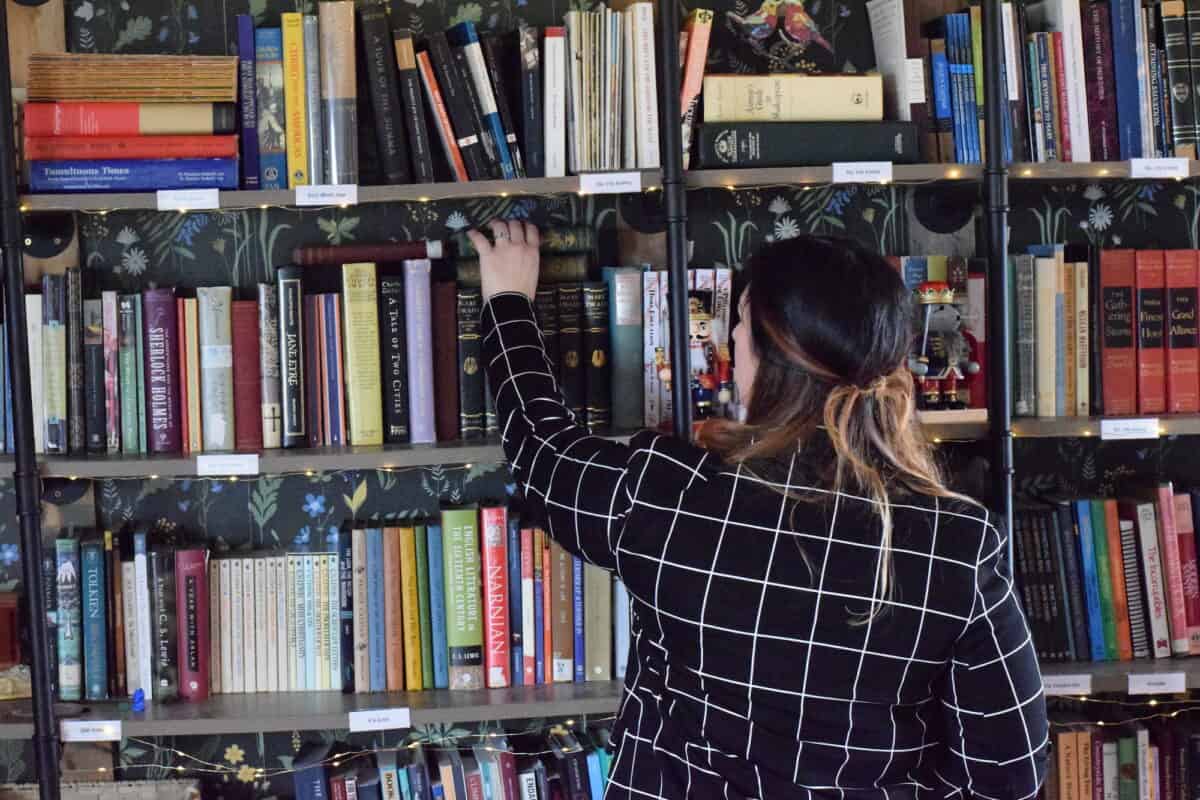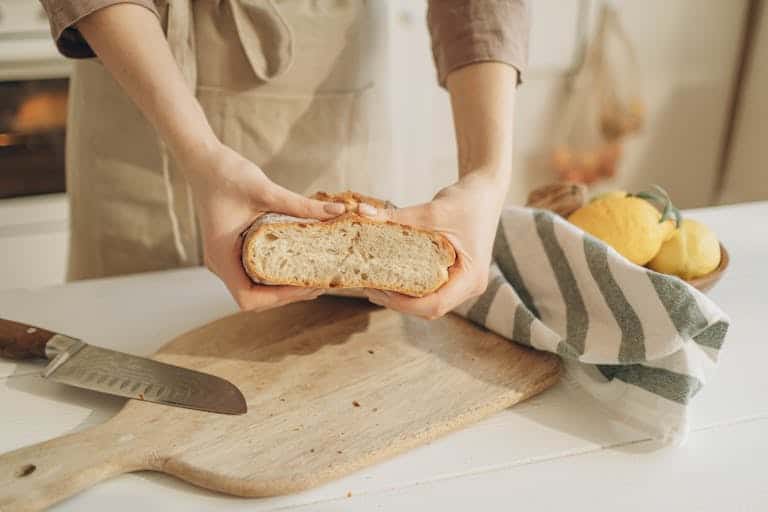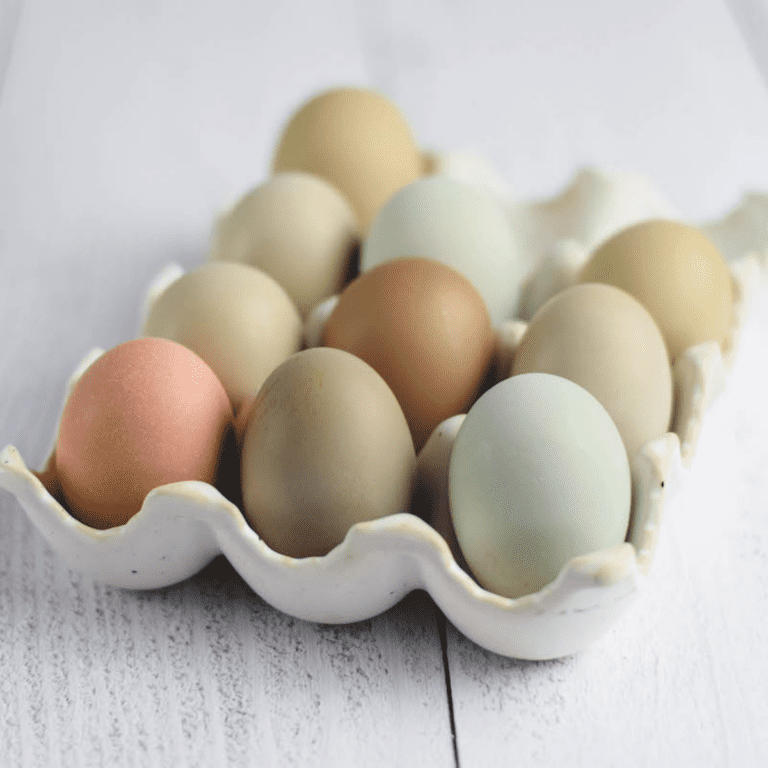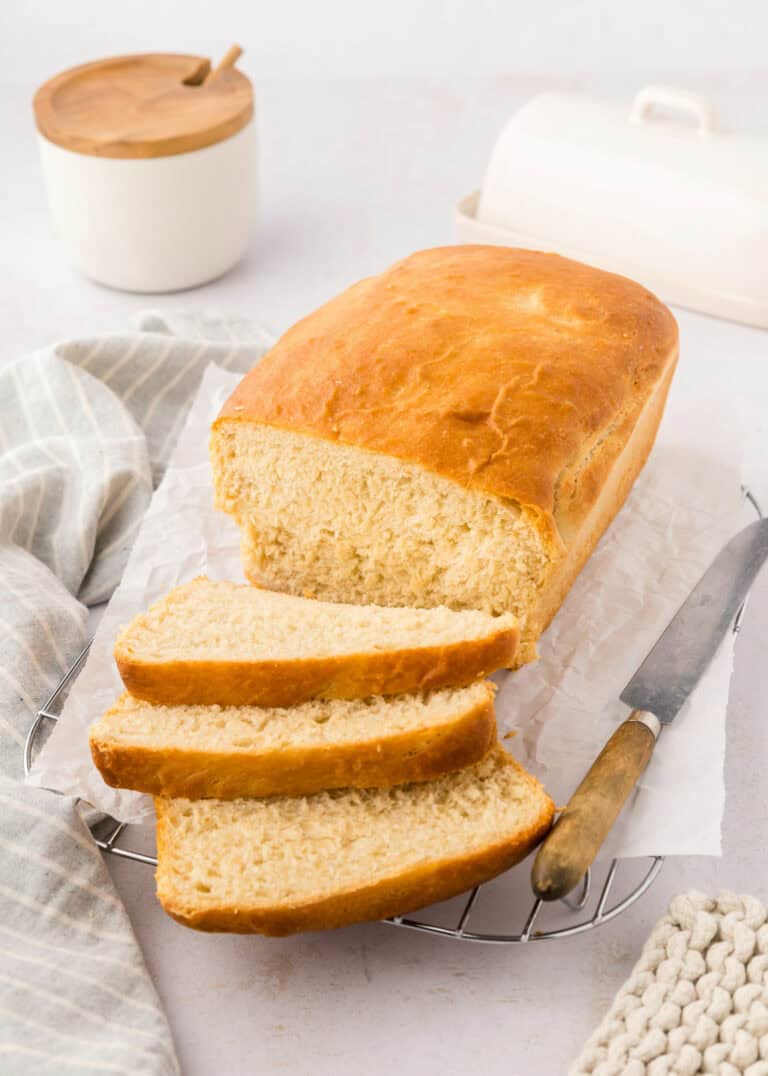Mother Culture for the Modern Homestead Mama
In this post, I’m sharing a topic very near and dear to my heart — that is mother culture and how we can cultivate this habit as busy modern homestead mothers. This is a topic that I often write about on my other blog, Joyfully Domestic.
We’ll call this—a guide to nurturing your mind, heart, and soul while raising a family and stewarding the land.
How to Cultivate a Life of Rest, Learning, and Beauty in the Midst of Farm and Family Life
Picture this if you will: In the midst of the chickens clucking, bread rising, and toddlers tugging at aprons, it can feel like there’s little time left for a mother to think, let alone nourish her own soul. But for the homestead mama, who wears many hats — homemaker, educator, farmer, chef — there’s one more vital role that often gets neglected: the keeper of her own inner life.
This is where the timeless concept of Mother Culture meets the modern homestead life. Rooted in the philosophy of Charlotte Mason, Mother Culture encourages mothers to continue learning, to rest deeply, and to create beauty in their everyday lives. It’s not a luxury — it’s a lifeline.
Let’s explore how you can nurture yourself, while nurturing everything and everyone else.

What is Mother Culture?
The term Mother Culture first appeared in an 1892 article from the Parents’ Review, a publication of the PNEU (Parents’ National Educational Union), championed by Charlotte Mason. It calls mothers to:
Take care of herself. She must have time to think, to read, to pray… Let her keep a book always at hand… and make time for her own life of thought.
It encouraged mothers to keep learning, reading, and cultivating their inner life, even amidst the busyness of motherhood.
Mother Culture is the idea that mothers must grow, learn, and rest — not after the children are grown, but now. It’s not just about hobbies or “self-care.” It’s about nurturing your mind, heart, and soul through small, intentional practices that bring life and beauty into your days.
It is not about adding more to your to-do list, but about weaving moments of beauty, learning, and rest into your everyday life. It’s a way of living — one that says a mother’s education and spiritual growth are never finished.

Why the Homestead Mama Especially Needs Mother Culture
Homesteading is a lifestyle of deep purpose and hard work. There’s great joy in gathering eggs from your own hens, feeding sourdough starters, and watching your children explore the woods barefoot. But it can also be demanding, exhausting, and isolating at times — especially for mothers.
You pour yourself out day after day, caring for animals, gardening, homeschooling, and tending the home. And if you’re not careful, you might find yourself running on empty — physically and spiritually.
That’s why Mother Culture isn’t a nice idea; it’s necessary. Just as your garden needs good soil and rest between seasons, so do you.
Ways to Cultivate Mother Culture on the Homestead
You don’t need hours a day or perfectly quiet mornings. You just need a willingness to seek beauty, truth, and rest — even in small ways.
Here are some gentle, soul-filling ways to begin weaving Mother Culture into your rhythm of life:
1. Read Living Books
Keep good books close at hand — on your nightstand, in your kitchen, even near the rocking chair. I try to sneak a few minutes to read in the garden or quiet pockets throughout the day. Charlotte Mason recommended mothers rotate three types of books:
- A light or moderately easy book
- A stiff book that challenges your thinking (history, philosophy, nature studies, etc)
- A novel or literary classic to refresh the imagination
I always add in a 4th option — A devotional or spiritual book.
You don’t need hours a day to read — even 10–15 minutes in the early morning, while nursing, or during rest time can fill your cup.
Tip: Keep a small basket or shelf for your current reads — your “mother’s morning basket.”
A Few Ideas for a Mother Culture Shelf:
- In This House of Brede by Rumer Godden
- The Chronicles of Narnia by C.S. Lewis
- The Divine Comedy by Dante
- The Intellectual Life by A.G. Sertillanges
- Persuasion by Jane Austen
- The Life-Giving Home by Sally Clarkson
→ For more book ideas, check out my Mother Culture list on Amazon.
2. Nurture Your Soul
Your interior life matters. Start the day with prayer, Scripture, and spiritual reading. Let the liturgical year guide your days and seasons. Embrace silence, nature, and the Sacraments.
Even simple acts — like lighting a candle for Vespers or Compline or praying while you milk the goats — become moments of recollection. Pray short aspirational or ejaculatory prayers throughout the day to stay in the presence of God.
Or spend time in silence while walking the property or tending animals. We live in such a distracted world and there is very little time made for silence and contemplation.
Want to save this?
This isn’t about doing more — it’s about inviting Christ into the ordinary, and finding stillness amidst the noise.
3. Feed Your Creativity
Being a mother and a homemaker is creative work — but that doesn’t mean you don’t need outlets of your own. Mother Culture is also about creating beauty — for no other reason than that it’s good for the soul. Some ideas:
- Try a new handcraft (knitting, herbal salves, seasonal wreaths)
- Journaling, sketching, or poetry
- Learn herbalism or make natural remedies
- Seasonal flower arranging or decorating
- Bake something just for fun (like an heirloom pie recipe)
- Decorate with intention using natural elements
- Handcrafts like knitting or sewing
- Baking and fermenting as art, not just chores
Find something that brings beauty into your daily work and stirs your joy. Let these be outlets of joy and reflection, not pressure.

4. Create Mini Retreats in Daily Life
Rest doesn’t always require a vacation or long break. Think of mini retreats — or little pauses in your ordinary rhythm:
- A hot cup of tea at sunrise before the house wakes up
- Sitting under a tree with your journal
- Taking an evening walk through the garden barefoot
- Observing Sunday as a true day of rest — no work, just worship, family, and joy
- Early mornings with a warm cup of coffee and a journal
- A quiet walk through the pasture at dusk
- Sitting in the garden and listening to the birds
- Taking your book to the porch for just 15 minutes before dinner
Protecting small moments of rest is an act of resistance in a productivity-driven world.
5. Build a Culture of Learning and Beauty at Home
Whether you homeschool or not, you’ll notice that building a home atmosphere filled with beauty, others will want to join in.
Mother Culture is contagious. When your children see you reading, creating, learning, and praying — they are drawn into it, too.
Create a home where everyone is growing:
- Read aloud beautiful books at teatime
- Memorize poetry or Scripture together
- Play good music, study art, celebrate the saints
- Make time for family walks or outdoor nature study
You’re not just homesteading — you’re building a culture.

6. Build a Community of Kindred Spirits
You don’t have to go it alone. Mother Culture thrives in shared ideas and hearts. Some ideas to consider:
- Starting or joining a book club with other local homestead or homeschooling moms
- Connecting online with women who share your values
- Reading aloud with your children and learning alongside them
Even brief connections can offer encouragement and remind you that you’re not alone.
Overcoming Obstacles
You might be thinking, “But I don’t have time…”
We all feel that. But Mother Culture isn’t about adding more pressure — it’s about changing the way we live. Start small. Five minutes here, a chapter there. It’s not perfection that matters — it’s faithfulness.
If guilt creeps in, remember: you’re not taking time away from your family. You’re investing in becoming the peaceful, wise, joyful mother they need.
You can’t pour from an empty cup. Mother Culture is not about doing more — it’s about shifting your mindset and reclaiming your humanity as a mother, not just your usefulness.
- Start small.
- Choose one book.
- Light one candle.
- Sit outside for five minutes.
These habits ripple through your home.
A Gentle Rule of Life for the Homestead Mama
A helpful way to begin is to sketch a weekly rhythm that includes:
- Daily prayer & reading (even 5–10 minutes)
- One creative outlet per week (bread, sewing, garden project) but for beauty and joy and not for productivity.
- One rest day (true Sabbath or quiet evening)
- One beauty moment (fresh flowers, classical music, art)
These don’t need to be perfect or Instagram-worthy — they just need to be yours. The soil you till and the children you raise are worthy of love, care, and attention. But so are you.
In the quiet hours of the morning or under the stars after evening chores, find the time to tend your own garden — the garden of your soul, your mind, your creativity, and your heart.
Because a well-cultivated mother creates a flourishing home.

Final Thought: A Thriving Mother, A Thriving Home
Your presence is the heartbeat of your home and homestead. When you nurture your interior life — with books, prayer, silence, creativity, and rest — you breathe peace and beauty into your family and the land you tend.
Mother Culture is not about escape. It’s about anchoring yourself so deeply in truth, beauty, and goodness that you have more to give.
So start today, mama. Pick up that forgotten book. Step outside barefoot. Light a candle and say a prayer. And let the habit of wonder begin again.
What stands out to you from these ideas?
I hope that you found this post helpful. And I’d love to hear what resonates most! Tell me what you’d add to this list and/or share your favorite resources with us in the comment section below!










